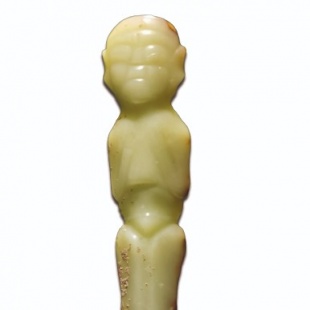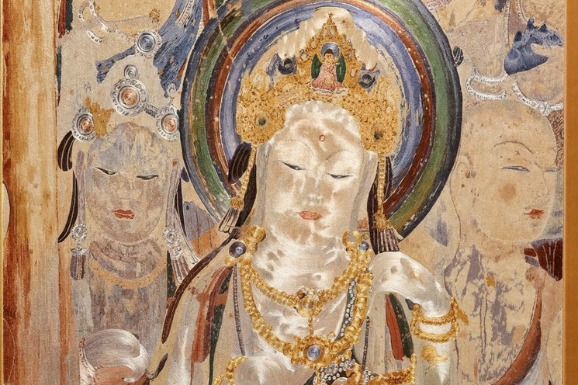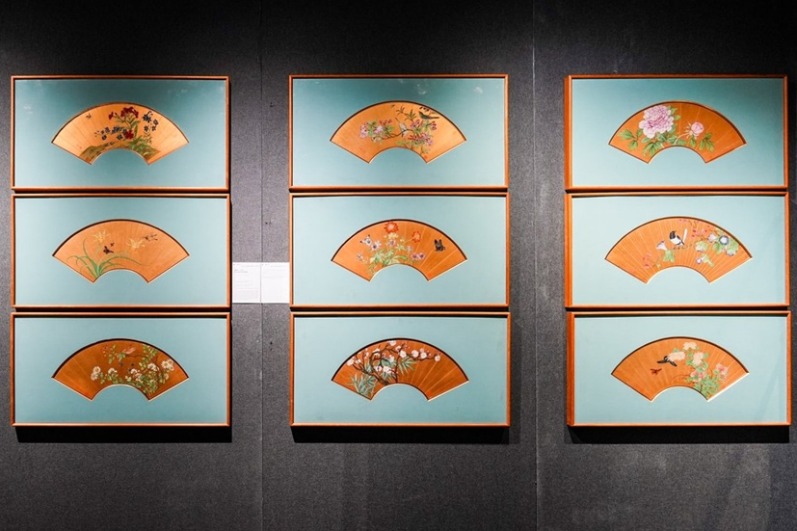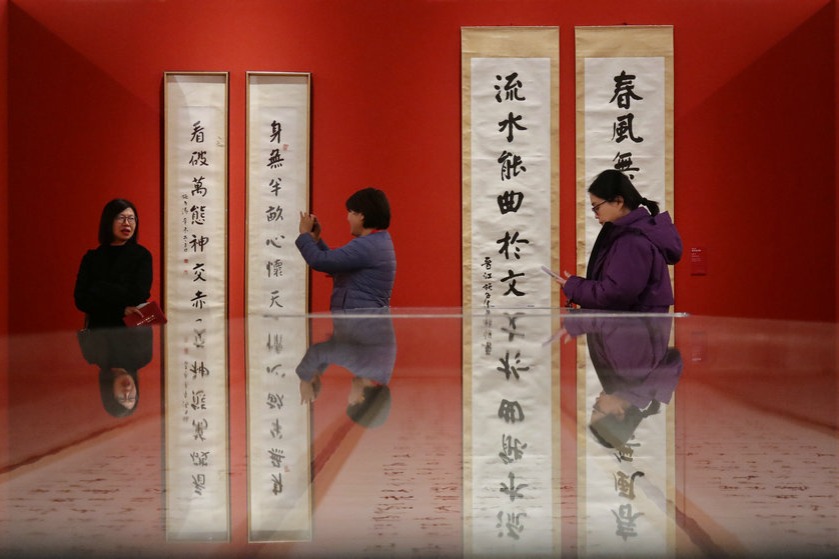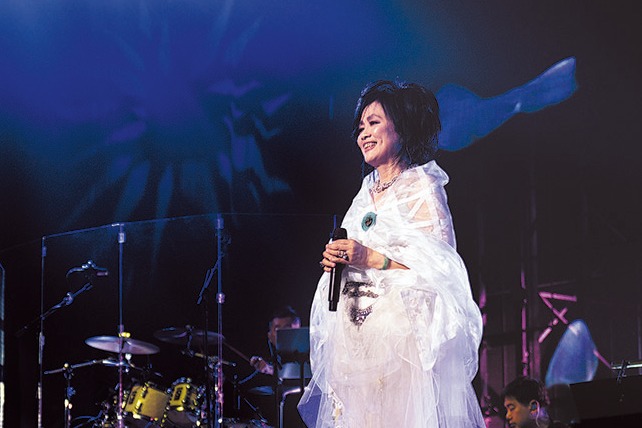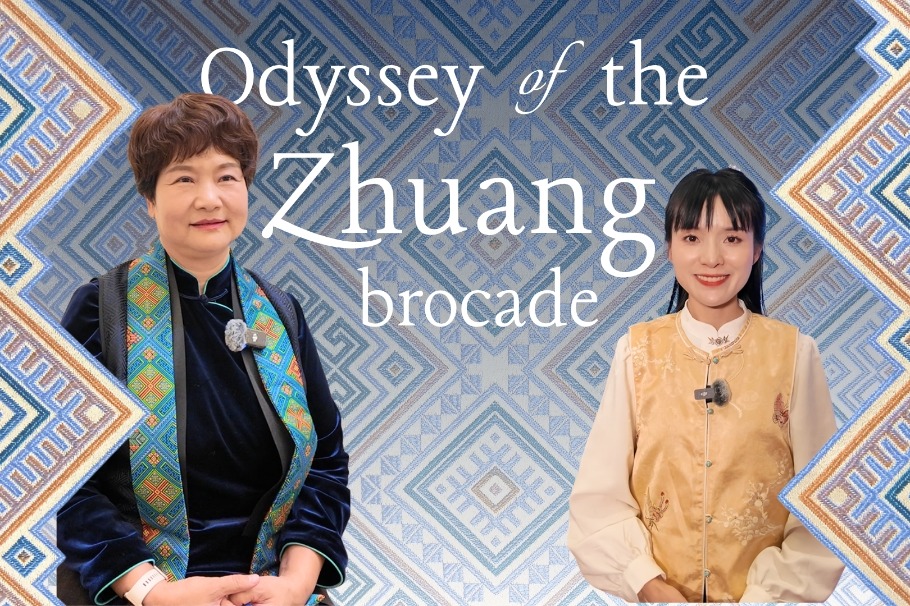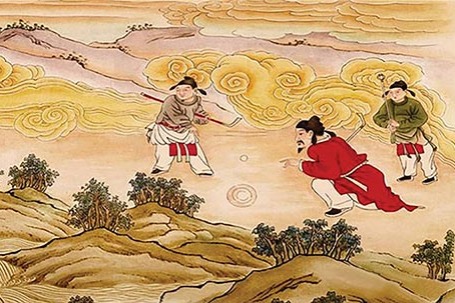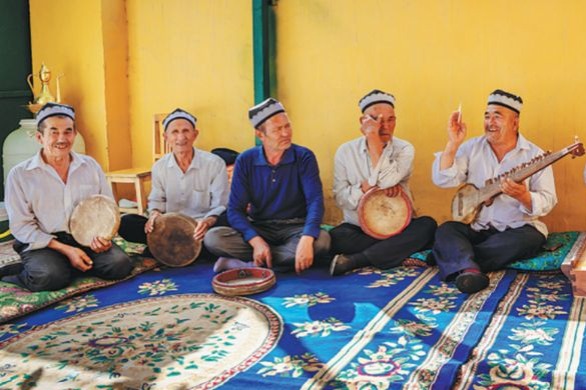Hongshan stakes foundation claim


At the bottom of a sacrificial pit at the Xinglonggou archaeological site of Chifeng, dating back 7,500 to 8,000 years, archaeologists discovered a pair of boar skulls. Residents of Xinglonggou arranged pottery shards and stone pieces into the boars' S-shaped bodies.
These are considered as the earliest primitive image of "pig dragons", confirmed through archaeological findings in the western Liaoning region, according to Liu.
Inscribed on another 6,800-year-old pottery vessel of the nearby Zhaobaogou culture are patterns of deer, wild boar and bird. The boar with tusks is also seen as a vivid, initial form of the "pig dragon", while the C-shaped dragon may have originated from the deer pattern, Guo says.
As for the serpentine bodies of the jade dragons, she says that although there is barely any trace of snakes discovered, scale patterns have been observed on the pottery vessels of Hongshan.
Guo points out that the curled dragon bodies reflect the profound thinking of the Hongshan residents.
"They almost form a circle, a cycle where you cannot tell the head from the tail, with no beginning or end, just like the endless cycle of the four seasons. I believe they represent the Hongshan residents' understanding of life and the universe," Guo says.
On the other hand, the jade dragons of Hongshan greatly influenced later history. From some Shang (c. 16th century-11th century BC) and Zhou dynasties tombs — mainly in the Central Plains — archaeologists excavated Hongshan-style jade ware, including the high-level "pig dragons".
Furthermore, the C-shaped dragons resemble one of the two characters meaning "dragon" in oracle bone scripts, the earliest Chinese writing system that dates back around 3,300 years.
Last year, archaeologists unearthed an elongated dragon-shaped ornament pieced together from clamshells at the Caitaopo archaeological site of Chifeng, which dates back around 6,300 years.
This 20-cm-long artifact looks very different from above-mentioned curled dragons, with an open mouth and body spread out, and there are rhombus patterns carved on its tail representing the scales.
When the finding was made public shortly after its excavation, Sun Jinsong, director of the Inner Mongolia Institute of Cultural Relics and Archaeology, said that it was the first time a dragon imagery produced during the early period of Hongshan culture had been discovered, extending the academic knowledge of Hongshan's dragon totem.


